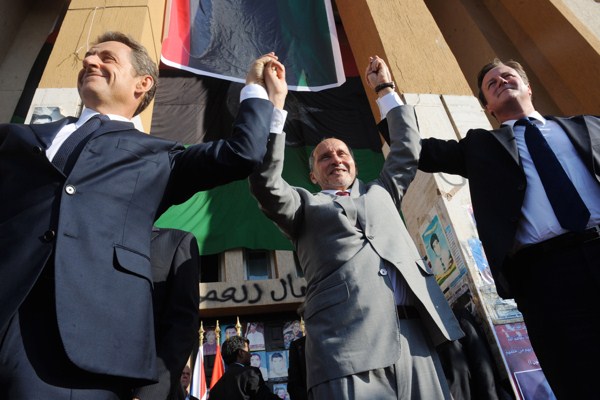Deciding whether to remove a dictator by force has long been a vexing problem for American policymakers. With the end of the Cold War in the 1990s, many dictators fell with little direct U.S. involvement. But that simply weeded out the herd, leaving the most ruthless and hardened, like Moammar Gadhafi in Libya, Saddam Hussein in Iraq, the Kim dynasty in North Korea and the Assad dynasty in Syria. After the attacks of 9/11 and U.S. President George W. Bush’s “global war on terror,” they, too, were in America’s sights to one extent or another.
The insurgency in Iraq should have shown American policymakers the difficulty and importance of engineering a new political order and economy once a tyrant is gone. But in 2011, Washington joined several NATO allies to help remove Gadhafi, believing that doing so would head off a humanitarian disaster. As it turned out, Gadhafi’s demise simply shifted Libya’s civil war to one pitting militias and extremist groups against each other. Catastrophe was not averted but simply drawn out.
Now the Libyan fiasco has reignited debate in the United States over removing dictators. Writing in The Atlantic last year, Conor Friedersdorf noted that immediately after Gadhafi’s demise, American policymakers and foreign policy experts considered the operation “both a success as a discrete humanitarian intervention and a case study to apply to future liberal-internationalist interventions.” People began to talk of the “Libya model” as a way to deal with tyrants at a minimal cost.

